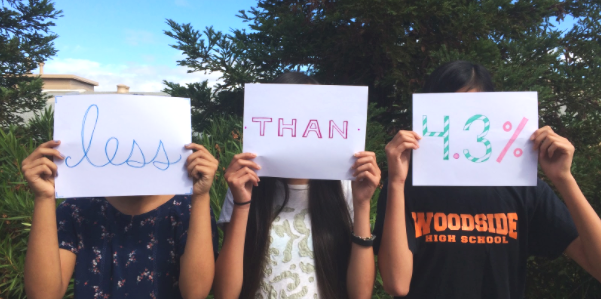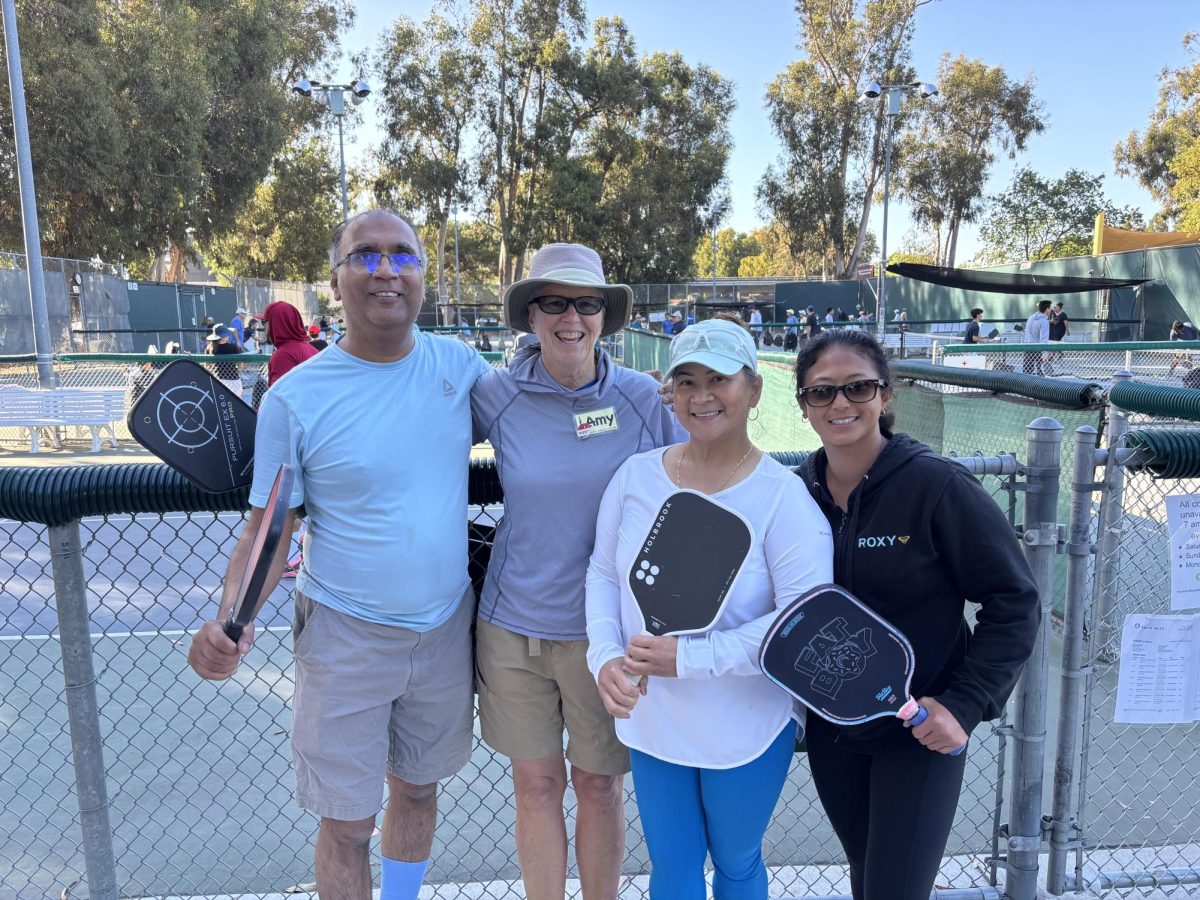Fewer than 4.3 percent of all television characters are Asian, according to a study released Tuesday, September 12, 2017 by six California universities.
The study, “Tokens on the Small Screen,” explored ethnic groups in television, similar to a 2006 study also surveying diversity issues.
Although the study optimistically revealed more opportunities for Asian-Americans in film and television, the universities concluded that “their characters remain marginalized and tokenized on screen.”
Woodside’s drama teacher Barry Woodruff, who currently teaches Drama I, II, III, IV and Theatrical Productions, agrees that he notices an underrepresentation of Asians in the media.
“There are many Asian names in the broadcasting media, [but otherwise] Asian [roles are] not positive. Asian people [are usually] cast as bad guys,” Woodruff admitted, adding “it depends on the [film’s] subject matter. If the film revolves around karate and martial arts, or business trade on the Pacific rims, there are going to be Asian people [cast].”
As a graduate from Woodside in 1967 who recently attended his 50th anniversary high school reunion, Woodruff expressed disappointment at his school’s lack of diversity.
“There was no diversity at Woodside [then],” Woodruff recounted, “[but now] I love the diversity at Woodside. [However], there aren’t too many Asian Americans enrolled in my drama class.”
As he gestured at the framed and signed cast photos on his office wall, Woodruff named a variety of Woodside’s drama productions and explained how every student can be involved with every play despite race or gender.
“We need to start paying more attention,” Woodruff declared, “to start opening things up and get excited about other cultures.”
South Asian American sophomore Nikhitha Nair also expressed her concerns with the media.
“I definitely think that there’s not much representation of Asians in media, but I feel that’s partly due to how the media is [structured],” Nair explained. “There are certain physical traits and stereotypes that are considered in choosing a person for a role; so I feel that’s it’s just difficult for people to pick Asians for certain roles.”
Nair elaborated that people rarely see Asian actors or actresses in leading roles, typically viewing them in supporting roles.
“I feel that there should be more opportunities for Asians,” she firmly stated. “I think that everyone should get equal opportunities.”
Supporting Nair’s sentiments, Asian and Pacific Islander sophomore Li-An Lim described Asian representation not only in the media but in society.
“I don’t think they’re usually represented well in American society in general,” Lim stated, pointing out that “there aren’t a lot of well-known Asian actors in American movies.”
The statistics from the study agree with Lim; out of 242 surveyed television shows, 155 lacked any Asian-American characters, and 87% of Asian-American regulars remain onscreen for under half an episode, while white regulars stay onscreen three times longer.
Lim encouraged the Asian community to voice their opinions: “If Asians really want to be represented, then represent yourselves. Do something about it.”






